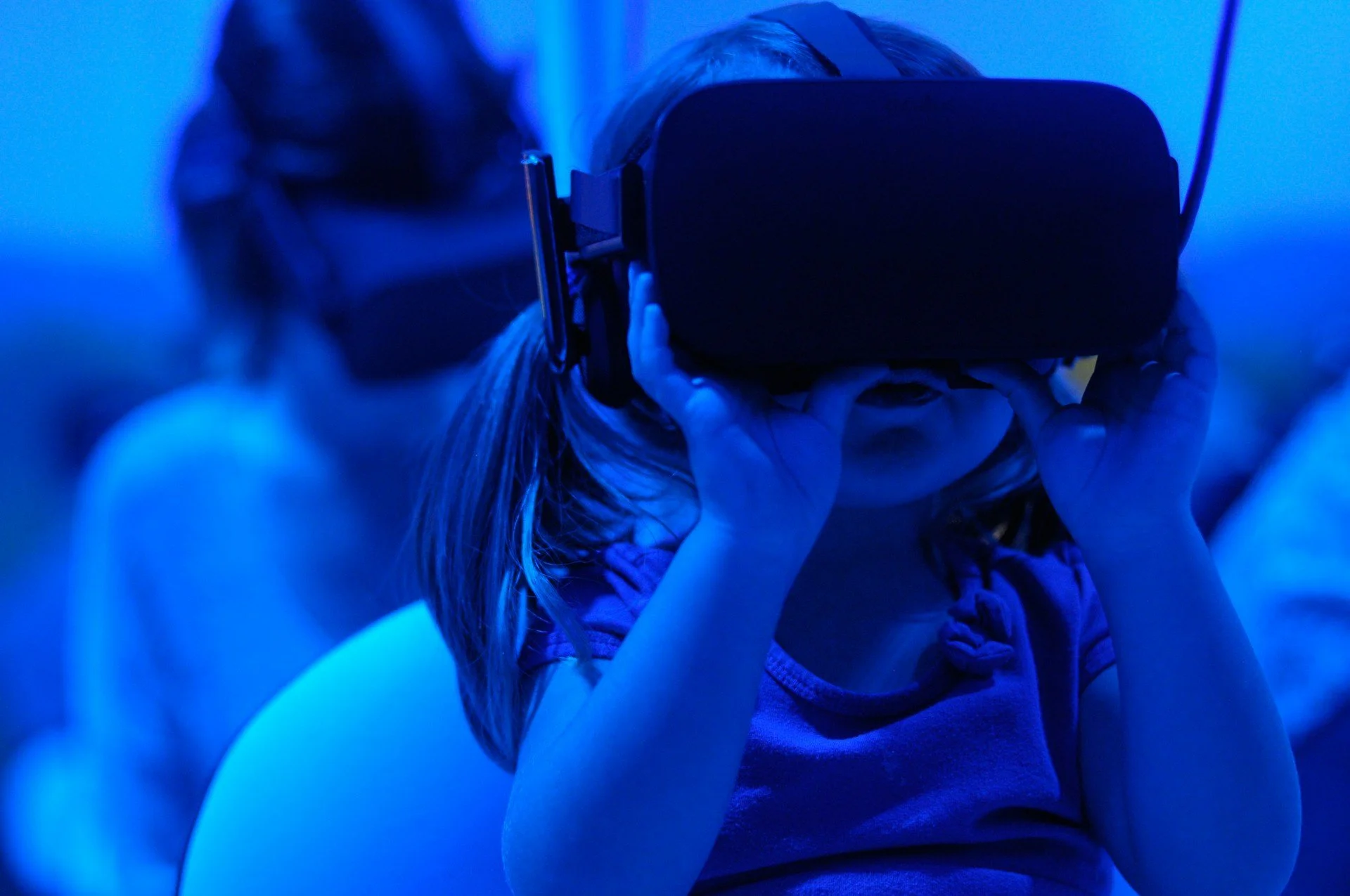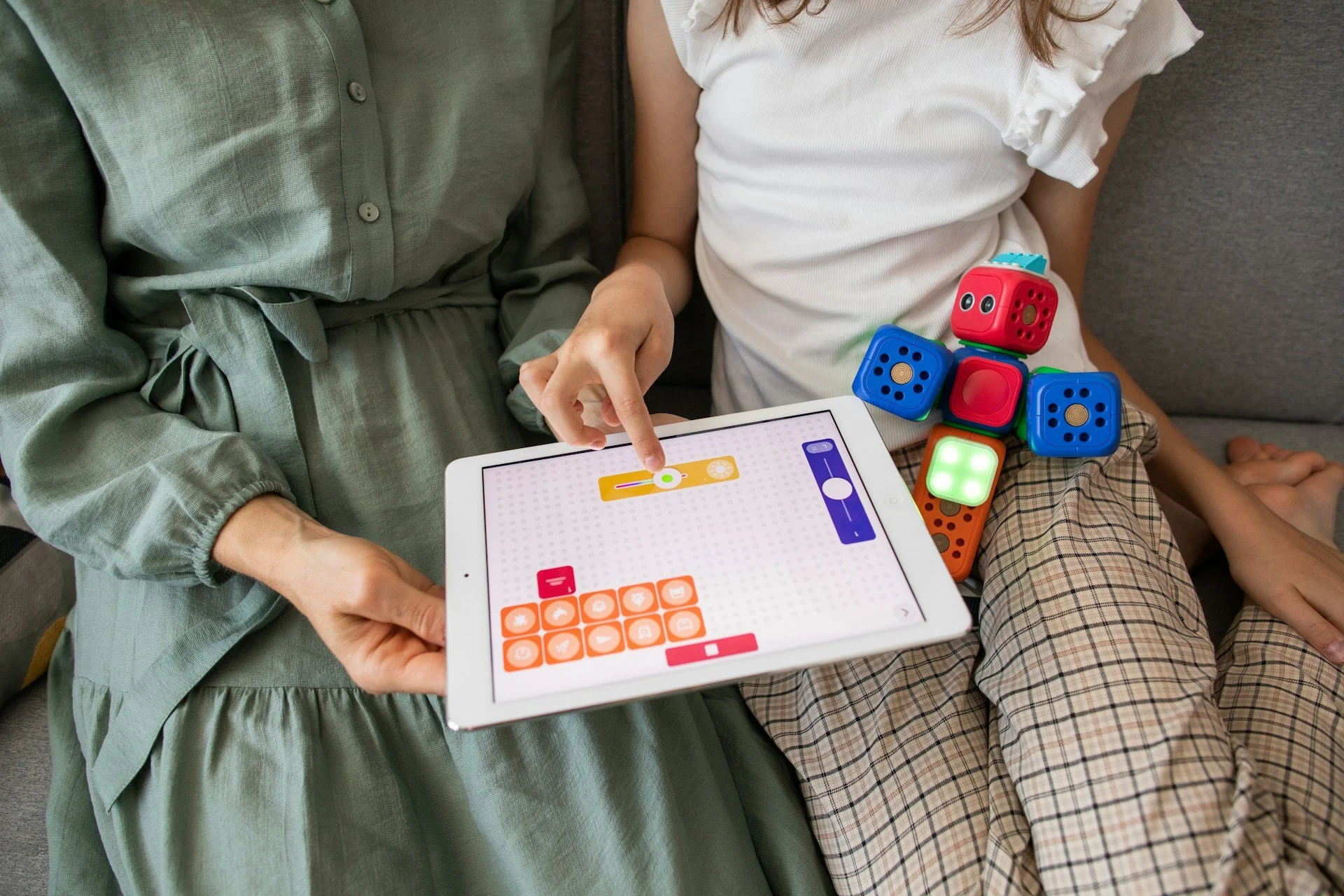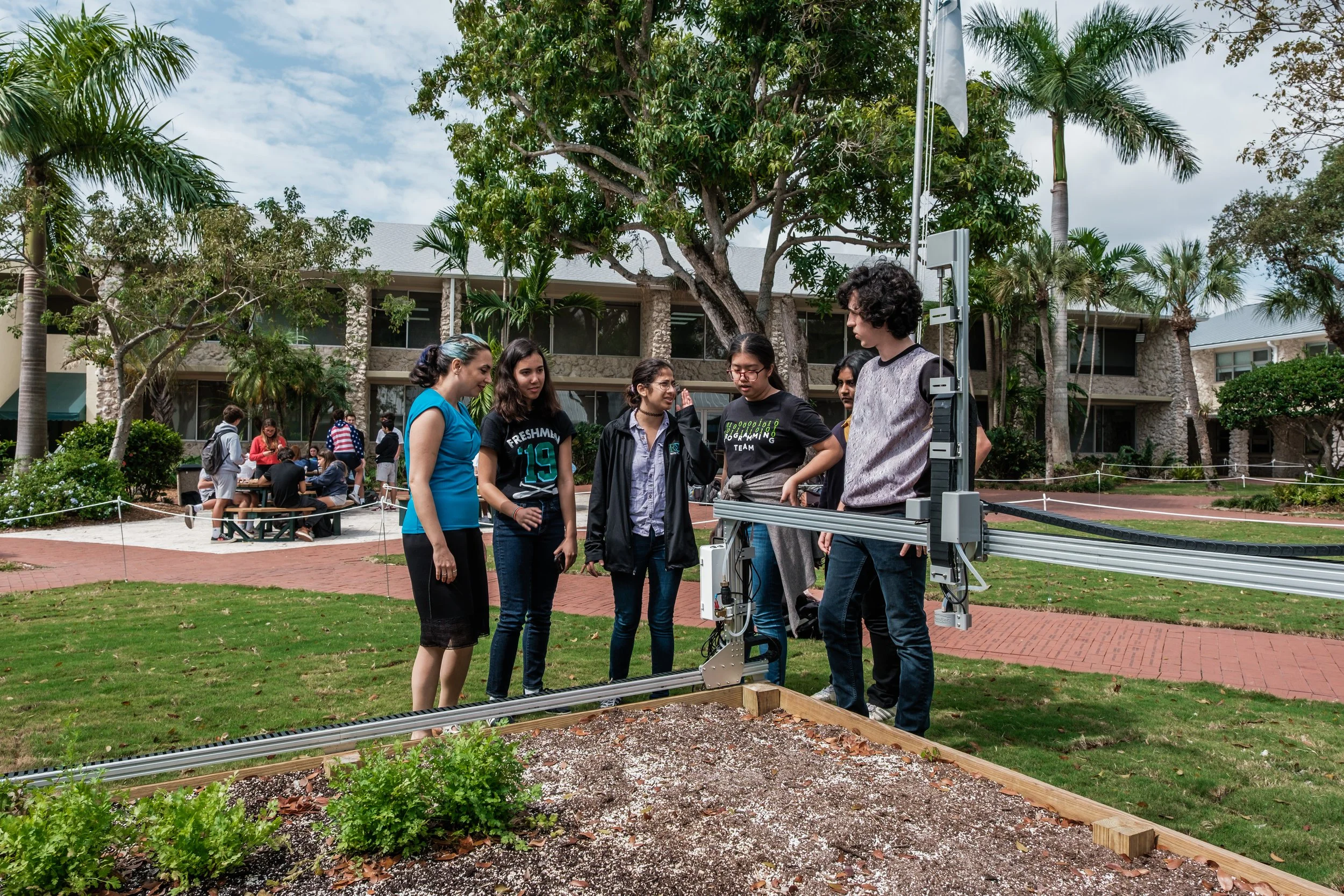How to Prepare Your Kids for the Future—Revisited for the Age of AI
Image credits: Giu Vicente | Unsplash
As an educator and a mother, here is what I know: the standard school curriculum is still not preparing our children for the world of tomorrow. I’m concerned that this gap may even be widening.
Back in 2022, I wrote that:
Climate change is radically transforming our environment and our daily lives.
New jobs will swiftly arise from technologies still to be invented.
Growing partnerships between humans and machines require new skills.
Lifespans are increasing, likely leading to longer careers and multigenerational teams.
Socioemotional skills will be crucial to keep humans at the center of our technologies.
The pace of change will continue to accelerate—meaning that lifelong learning is essential.
All of that still holds true. But today, one force has accelerated faster than many people expected: artificial intelligence (AI).
In the past 3 years, AI has moved shockingly quickly into our daily lives. It’s reshaping everything from how we search for answers (on our phones as well as in our labs) to how we create.
What does that mean for raising children who are ready for the world to come?
I still have two answers, an easy one and a hard one. In today’s AI-fueled world, I think each of them demands a bit more nuance.
Lesson 1: Teach your kids to code—but with eyes wide open
Image credits: Jexo | Unsplash
The easy answer is still: teach your kids to code. Especially your girls.
In a world increasingly built on software, we need more diverse, creative, and ethical voices shaping the tools we all use. We need builders who reflect the full range of human experiences.
I also think that it’s critical to teach our kids how to code with AI in the mix. That’s not so simple.
AI tools like GitHub Copilot, ChatGPT, and others can now write functioning code in seconds. For learners, that can feel like magic. But it also introduces new pitfalls, especially for folks just starting their coding journeys.
Here are a few to watch out for:
Over-reliance on AI: Kids in particular might lean too heavily on AI to write code, skipping the critical thinking and problem-solving that’s central to learning.
Shallow understanding: When AI generates solutions, it’s easy to miss the “why” behind the logic. Kids may use working code without understanding how it works … or even checking whether it works at all!
Weaker debugging skills: If they don’t write the code themselves, they’re probably less likely to know how to fix it when something goes wrong.
Hidden bias and error: AI tools are trained on vast datasets, many of which contain biased or flawed examples. If kids use AI without questioning the algorithms or the data underlying them, then they risk absorbing those same flaws.
Missed creativity: Relying on AI too soon can crowd out the trial-and-error, imaginative side of coding. That’s a lot of the joy of building something original!
So what can parents and educators do? Here are a few ideas:
💡 Focus on fundamentals: Make sure kids are learning core concepts (loops, logic, data structures) and not just copying code that works.
💡 Treat AI as a collaborator, not a crutch: Let kids experiment with AI, but encourage them to challenge its outputs, tweak them, and try building without it.
💡 Teach AI literacy: Help kids understand how these systems work, what they’re good at, where they fall short, and how to use them responsibly. One of my favorite frameworks comes from Stanford University.
💡 Nurture ethical awareness: Discuss with your kids the importance of fairness, safety, and creativity in tech. AI can amplify good ideas as well as harmful ones. Help them choose the former.
💡 Encourage team learning: Coding doesn’t have to be solitary. Find opportunities for kids to collaborate, share, teach, and grow together.
I don’t think we should try to shield kids from AI. Rather, I believe we should empower them to use it wisely, ethically, and creatively. That’s the real future-proof skill.
Lesson 2: Teach your kids to love learning
Tiffany with the students of Ransom Everglades showcasing a farmbot |Image credits: Nick Otto
This next one hasn’t changed from my previous post, and I think it never will.
Teach your kids to love learning.
To delight in grappling with knotty ideas and messy problems. To see confusion not as failure, but as the first step toward understanding. To find joy in updating their mental models as the world changes. And to seek out people who think differently, live differently, dream differently—and learn from them, too.
In this new AI age, curiosity, humility, and flexibility will matter more than ever. We need to focus on learning how to question what the algorithm gives us, and how to imagine something better.
Dr. Martin Luther King Jr. once said, “Intelligence plus character—that is the goal of true education.” Today, we must also add: intelligence, character, and courage … the courage to keep learning in a world that never stops changing.
We can’t future-proof our children. But we can future-prepare them.
Image credits: This Is Engineering | Unsplash
The coming years will bring challenges we can’t yet name and opportunities we can’t yet see. But one thing is certain: our kids will need to be learners, dreamers, and doers for the long haul.
Let’s teach them to build with heart and think with depth. Let’s raise them to understand both what AI can do—and what it can’t. Let’s show them how to work with machines, algorithms, and with other humans. How to question and how to care.
And most of all, let’s show them how it’s done, by doing it ourselves.
About Tiffany
Dr. Tiffany Vora speaks, writes, and advises on how to harness technology to build the best possible future(s). She is an expert in biotech, health, & innovation.
For a full list of topics and collaboration opportunities, visit Tiffany’s Work Together webpage.
Get bio-inspiration and future-focused insights straight to your inbox by subscribing to her newsletter, Be Voracious. And be sure to follow Tiffany on LinkedIn, Instagram, Youtube, and X for conversations on building a better future.
Buy Tiffany a Cup of Coffee | Image credits: Irene Kredenets via Unsplash.
Donate = Impact
If this article sparked curiosity, inspired reflection, or made you smile, consider buying Tiffany a cup of coffee!
Your support will:
Spread your positive impact around the world
Empower Tiffany to protect time for impact-focused projects
Support her travel for pro bono events with students & nonprofits
Purchase carbon offsets for her travel
Create a legacy of sustainability with like-minded changemakers!
Join Tiffany on her mission by contributing through her Buy Me a Coffee page.






